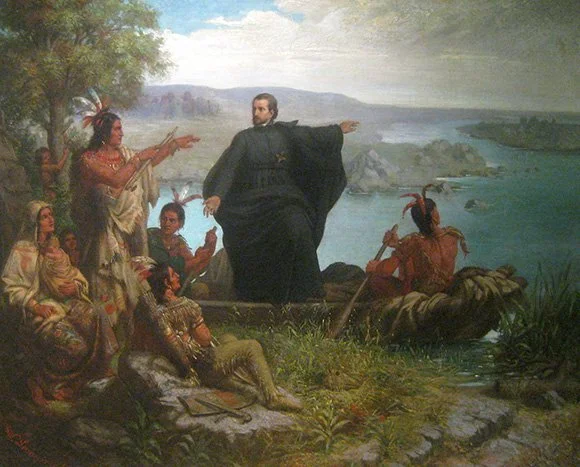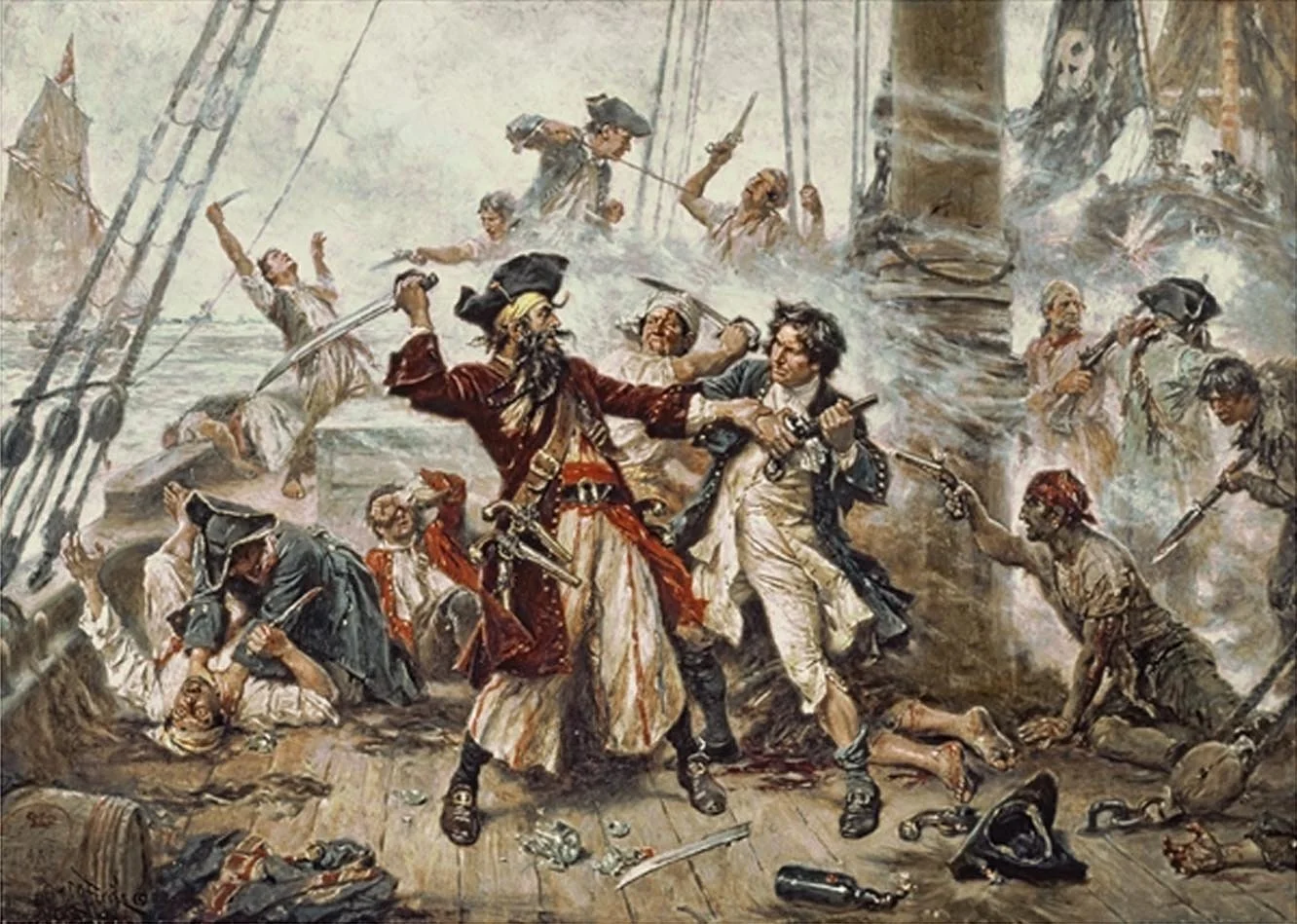From the moment the French first managed to navigate the length of the Mississippi River in 1682, they recognized it as an important new opportunity for trade and control of the North American interior. Unfortunately, their first attempt to capitalize on it by establishing a colony at the mouth of the river failed miserably, with them instead founding a colony on the Texas coast, because finding the same place from two different directions is hard, which was soon after wiped out by the Caddoan peoples in the area. Though undoubtedly a bit of a failure, it did freak out the Spanish to such a degree that they decided it was probably in their best interested to lay a better claim to Texas by establishing a bunch of missions there. These were about as successful as the French colony, being abandoned after a few years, but they did leave behind a fairly virulent strain of smallpox, which spread across the southern Plains, wiping out a significant percentage of the Caddoan. So yeah, overall a pretty shitty start all the way around.
For their part, the French were becoming increasingly concerned over the British threat to the Saint Lawrence Seaway, their primary route into the interior, which led them to establish the colony of Louisiana in 1699, which included a few small trading posts, but not much else. However, that all changed following the end of Queen Anne’s War in 1713, which reintroduced direct British competition in the fur trade via Hudson’s Bay, which only added to issues the French were already facing with the Ojibwe blocking direct French access to the tribes actually killing the beaver. Altogether, this convinced the French that it was in their best interest to invest much more in Louisiana and the upriver Illinois Country, which they soon after did, sending expeditions into the interior to make trading alliances with the various natives they came upon, reaching what is today North Dakota on the Missouri River in 1714, founding a number of new and expanded trading posts up and down the Mississippi, and building a new port called New Orleans at the mouth of the river in 1718.
Now much like the first time around, this really freaked out the Spanish, who having been in de facto control of the area for over a century, at least as far as their maps were concerned, did not take kindly to the French encroachment. In an attempt to contain the growing French influence, they founded a number of new missions in Texas and sent a large expedition north onto the central Plains. For their part, the French convinced the Pawnee in what is today Nebraska to wipe out the Spanish expedition in 1720 and then began giving trade goods to the Comanche to encourage them to attack the Spanish. Given the Comanche were going to do such a thing anyways, they were more than happy to oblige. The French also forged a strong relationship with the Osage in Missouri, arming them with guns which allowed them to spill across the central Plains, beating the shit out of anyone they came upon, including the Pawnee. By 1725, the French had a strong trade network up and down the river system, with European goods travelling up the river from New Orleans, and furs and grain coming downriver from the Illinois Country.
Of course, not all trade was so far afield. By the start of the century, changing fashion trends in Europe were increasing demand for deer hides, which were in decidedly short supply in Europe. Luckily, the French had direct access to a huge supply of deer in what is today the southeastern United States. French traders, moving into the interior from various trading posts, traded with a number of groups before eventually settling into an alliance with a Muskogean people known as the Choctaw. This was largely in reaction to the British allying themselves with a rival Muskogean group known as the Chickasaw. Bolstered by firearms from their respective partners, these two groups began a proxy war on behalf of Britain and France which would last from 1721 until 1763, outlasting even the valuable supply of deer.
Though not that great for the natives, perhaps you see a pattern here, the deer hide trade did greatly benefit Louisiana. With deer hides becoming more valuable then beaver fur, plus growing demand from the French colonies in the Caribbean for grains grown by natives and French colonists in the Illinois Country, New Orleans became a bustling port, which in turn led to the importation of a number of African slaves to work on the docks and handle other such jobs. The importation of slaves only increased when sugar began to be planted in the area in 1750.






